Should You Apply for Singapore PR If You Plan to Leave in a Few Years?
For many foreign professionals, Singapore offers exceptional career opportunities and a high standard of living. As a result, securing singapore pr often seems like the logical next step. However, what if your long-term plans don’t include staying in Singapore permanently? Is it still worthwhile to go through the PR application process if you plan to leave in a few years?
The decision to apply for singapore PR is not one to be taken lightly. It involves balancing the short-term benefits against the long-term commitments and responsibilities associated with PR status. Here, we explore the key factors you should consider before making your decision.
Immediate Benefits of Becoming a Singapore PR
One of the most immediate advantages of PR status is the flexibility it offers compared to holding an Employment Pass (EP). As a singapore PR, you are no longer tied to a single employer, which provides greater job security. If you are made redundant, your right to remain in Singapore is not immediately at risk. Unlike EP holders, who may need to leave the country if they lose their job, PRs can stay in Singapore and search for new employment without concern.
Additionally, singapore PRs enjoy easier access to financial products such as home loans, car loans, and credit cards. Banks view PRs as more stable residents, offering more favourable terms and conditions for these financial products.
Financial Implications: CPF Contributions and State Benefits
When you become a singapore PR, one of the key financial changes is your participation in the Central Provident Fund (CPF), a mandatory savings scheme. Both you and your employer are required to contribute a percentage of your monthly salary to CPF, which impacts your immediate take-home pay.
The CPF contribution rates are as follows:
- Year 1: 9% total (5% from the employee and 4% from the employer)
- Year 2: 24% total (15% from the employee and 9% from the employer)
Year 3 and beyond: 37% total (20% from the employee and 17% from the employer)
While this reduces your disposable income in the short term, the contributions are intended to provide long-term savings for retirement, housing, and healthcare. If you later decide to renounce your PR and leave Singapore, you can withdraw your CPF savings in a lump sum. However, be aware that this withdrawal may be subject to tax in your home country.
Healthcare and Education: Key Benefits for PRs
One of the most significant advantages of singapore PR status is access to substantial state subsidies for healthcare and education—benefits not available to foreigners.
- Healthcare: Foreigners are required to pay the full cost of medical treatments at public healthcare institutions, while PRs enjoy subsidies. For example, PRs can receive up to 30% off the cost of services at Specialist Outpatient Clinics, and hospital stays are subsidised by 15% to 40%, depending on the class of the ward.
- Education: For families with children, PR status provides access to significant savings on education. PR children are given priority for Primary 1 school registration, following citizens. As of 2024, the monthly primary school fees for PRs are $280, compared to $565 for international students. These savings can add up significantly over time.
The Trade-Offs: CPF Contributions and National Service
While the benefits of singapore PR status are clear, there are trade-offs to consider. The most significant of these is the CPF contribution, which reduces your immediate disposable income. However, this is a long-term savings plan, and the contributions can be withdrawn if you decide to leave Singapore permanently.
For families with sons, the National Service (NS) obligation is another important consideration. Male children who obtain singapore PR status are required to serve two years in the Singapore Armed Forces at the age of 18, followed by annual reservist training. This is a mandatory obligation, and if you plan to leave Singapore before your son reaches enlistment age, it could present a significant complication. Families with sons must carefully consider whether they are prepared for this commitment.
How to Apply for Singapore PR
The process for applying for singapore PR is formal and involves submitting an application to Singapore’s Immigration and Checkpoints Authority (ICA). The application requires extensive documentation and can take several months to process. Additionally, once granted PR status, you will need to renew your Re-Entry Permit (REP) every five years to maintain your status.
For families, the ability to include your spouse and children in your PR application is one of the key benefits. Alternatively, once you obtain PR, you can sponsor your family members for a Long-Term Visit Pass (LTVP).
Renouncing PR When Leaving Singapore
If you decide to leave Singapore permanently, you will need to formally renounce your PR status. This process is relatively straightforward, provided that all national obligations, including National Service for male children, have been met. Once you have renounced your PR status, you may withdraw your CPF savings in a lump sum. However, note that while this withdrawal is not taxed in Singapore, it may be subject to taxation in your home country.
For individuals or couples without children, the decision to apply for PR is usually beneficial. The financial benefits of subsidised healthcare and education, along with the added job security, make it a compelling option. The only downside is the reduction in take-home pay due to CPF contributions, but this is recoverable upon departure.
For families with sons, the decision is more complicated. While the financial advantages are clear, the mandatory National Service commitment can be a deciding factor. If you are not prepared for your sons to serve in the Singapore Armed Forces, applying for PR may not be the best option.
Is Applying for PR Worth It?
The Ministry of Manpower (MOM) is tightening regulations regarding work passes, particularly for holders of Employment Pass and S Pass. With changes to salary thresholds and stricter employer criteria, applying for PR before these changes take effect could help secure your long-term future in Singapore. As it becomes more difficult to renew or obtain work passes, applying for PR offers greater job stability.
ISO’s Data-Driven PR Application Success
At Immigration Singapore Official (ISO), we specialise in helping foreign professionals secure Permanent Residency in Singapore. Our expert-led consultations, along with our Approval Rate Algorithm Application (ARAA) system, ensure your application is optimised for success.
The ARAA system analyses 57 key factors to strengthen your application and maximise your chances of PR approval. We identify any gaps in your profile and provide personalised recommendations to improve your chances.
Why Choose ISO to Apply for PR?
- ARAA System: Our data-driven evaluation system assesses 57 key factors to enhance your chances of approval
- Risk Identification & Solutions: We identify potential issues early in the process and provide tailored solutions.
- High Eligibility Score: We guarantee an eligibility score of over 90%, giving you the best chance for success.
Reasons to Apply for PR Now:
- Maximise Your Chances with ARAA: Our system boosts your approval chances by evaluating your profile based on 57 critical factors.
- Strengthen Your Profile: Forget donations and extra insurance. A strong, data-backed profile is what matters.
- Unlock Exclusive Benefits: Secure long-term stability and enjoy the financial, healthcare, and education benefits of PR.
- Act Before Regulations Change: Apply now to secure your future before the rules become stricter.
Book Your Free Consultation Today
Ready to start your PR application? Book a free consultation with ISO today. Our expert consultants will guide you through the process, ensuring your application is set up for success.
Contact ISO now and secure your PR status before it’s too late!
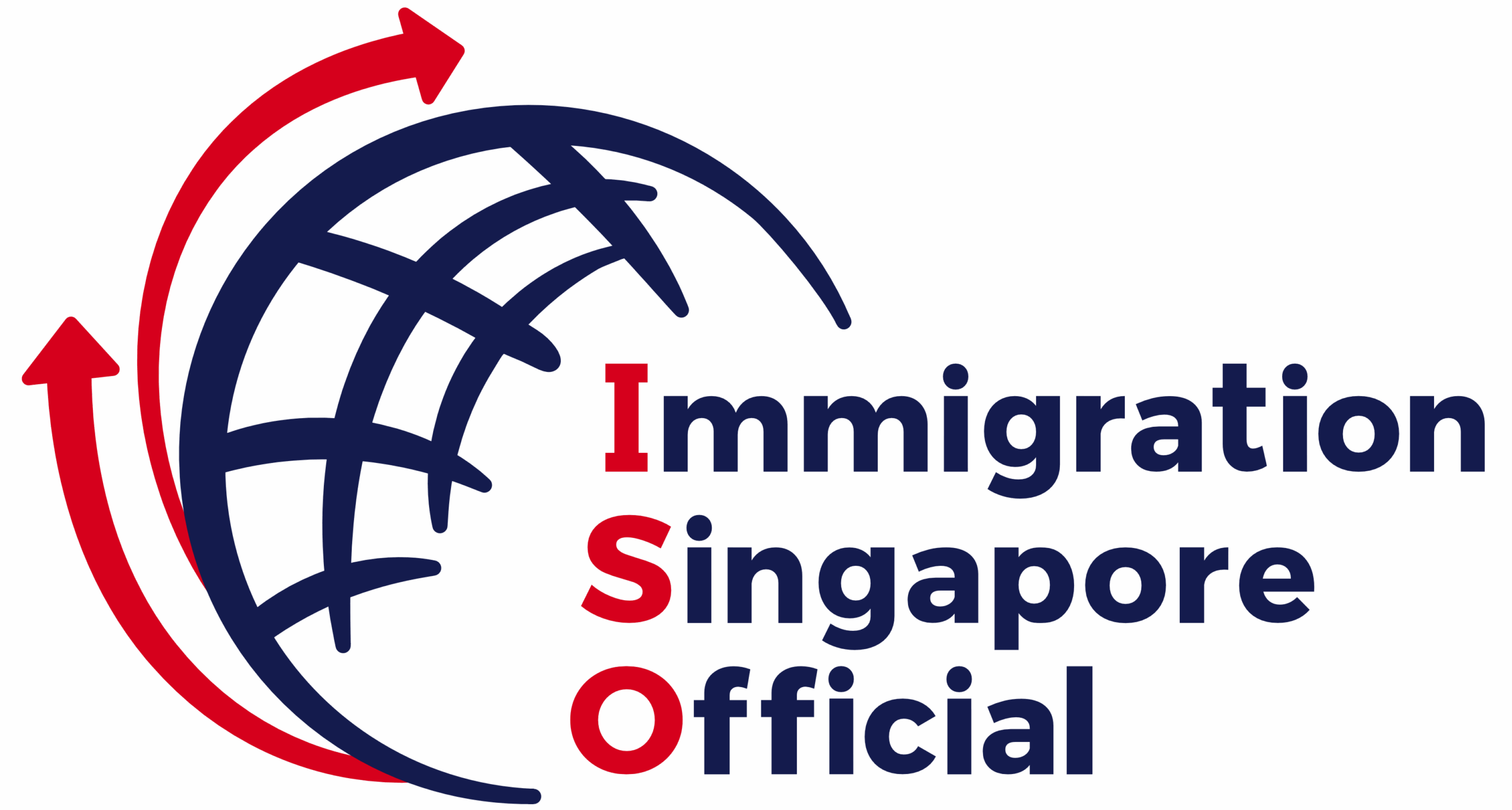
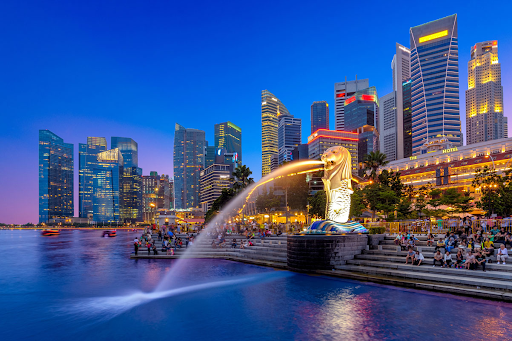
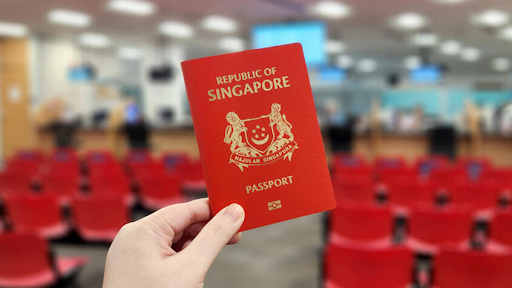
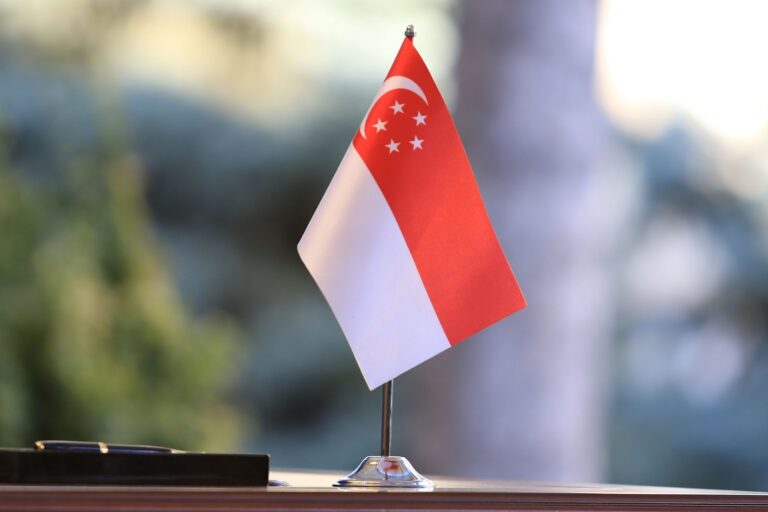

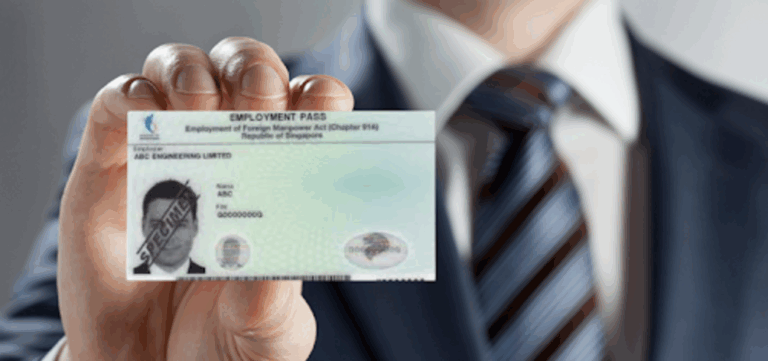

![Benefits Of Being A Singapore Permanent Resident (SG PR) [Updated 2025] 7 benefits of singapore pr](https://isofficialsg.com/wp-content/uploads/2025/06/unnamed-4.png)